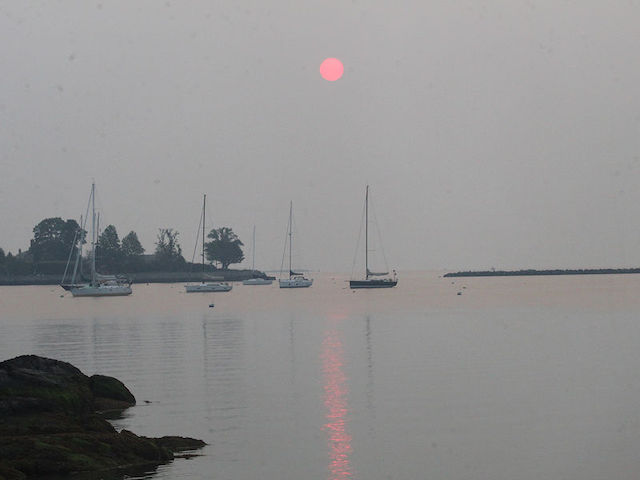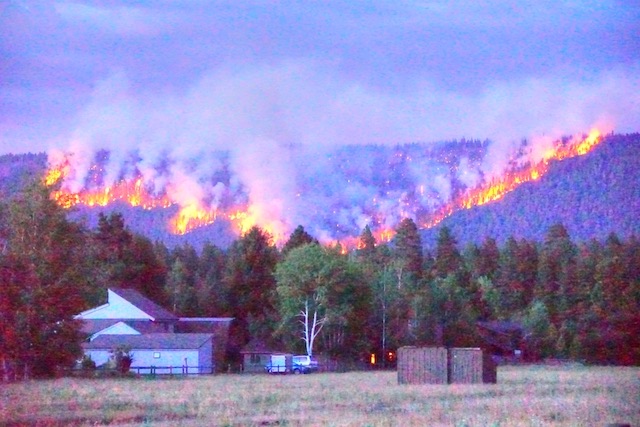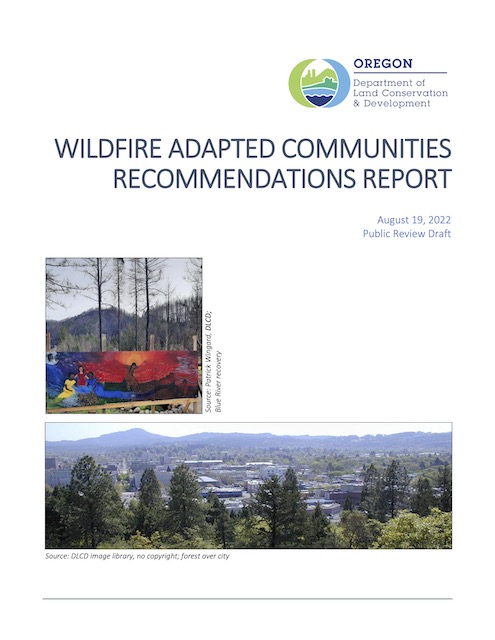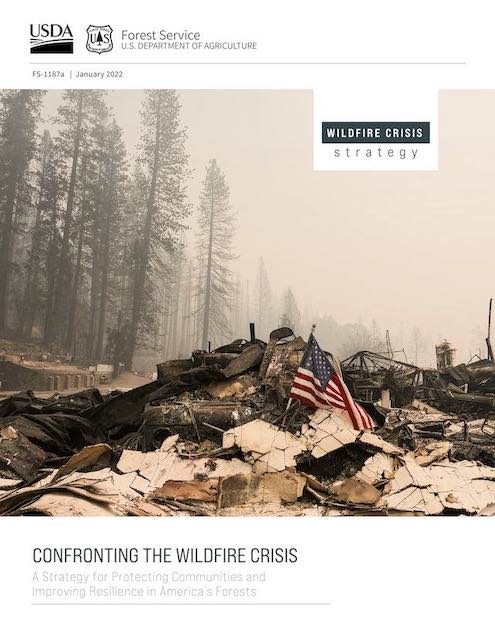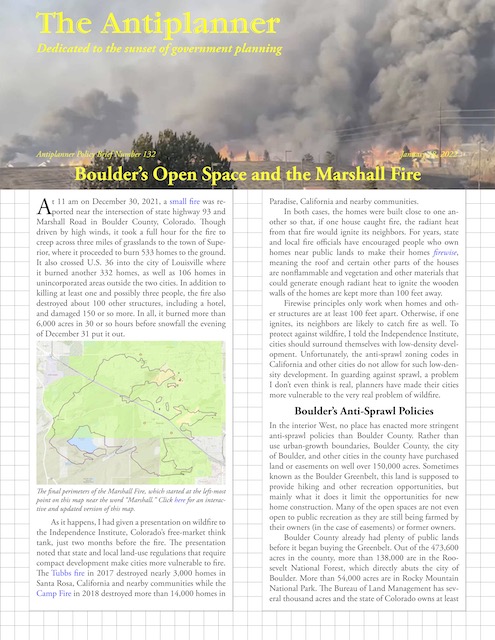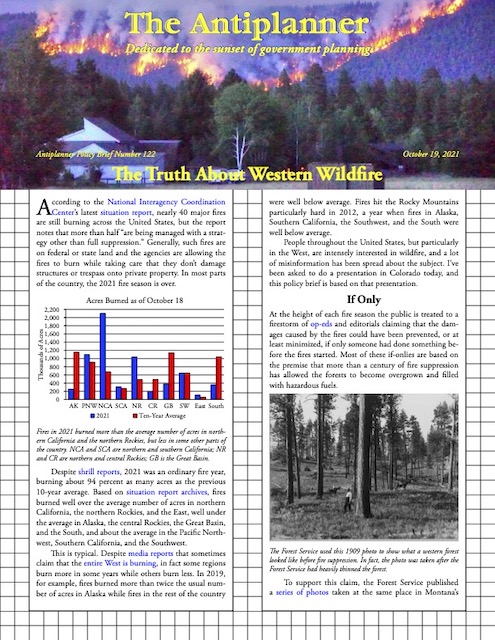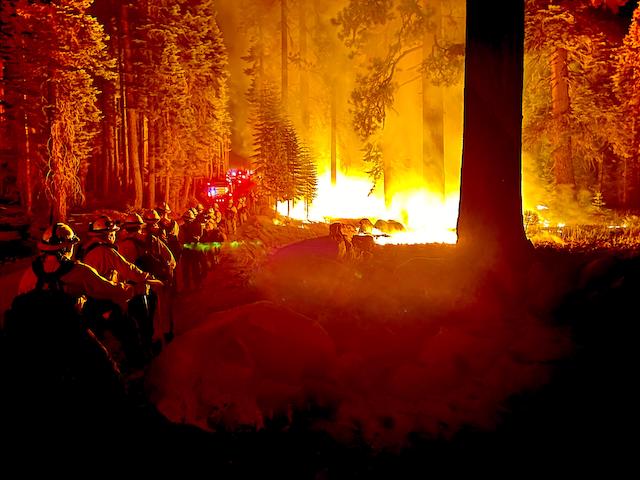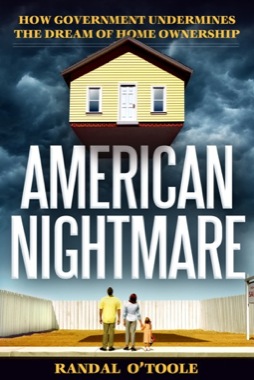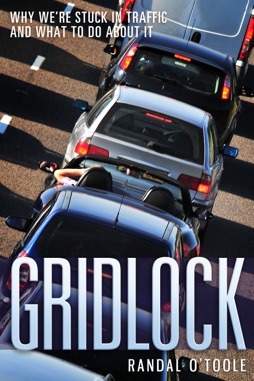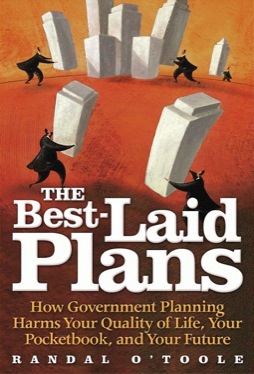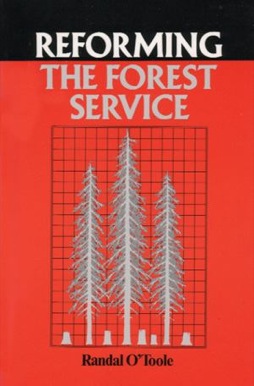Scientific American blames the Los Angeles fires on climate change. A Yale University publication agrees. An article in Quartz predicts that climate change is going to make housing “uninsurable.” Instead of insurance, a New York Times op-ed by a former California insurance commissioner argues that oil companies should be forced to pay for fire damages.
The Palisades Fire on the evening of January 7. Photo by Toastt21.
It’s a neat argument that appeals to homeowners eager to blame the loss of their houses on anything other than their own decisions to buy or build flammable homes with flammable landscaping in a fireplain. Yet there are valid reasons to believe that climate change is not the issue, and that even if climate change is occurring, it won’t make homes uninsurable. In fact, people who believe climate change is the problem should be all the more interested in making sure that homes and landscaping are fireproof. Continue reading


